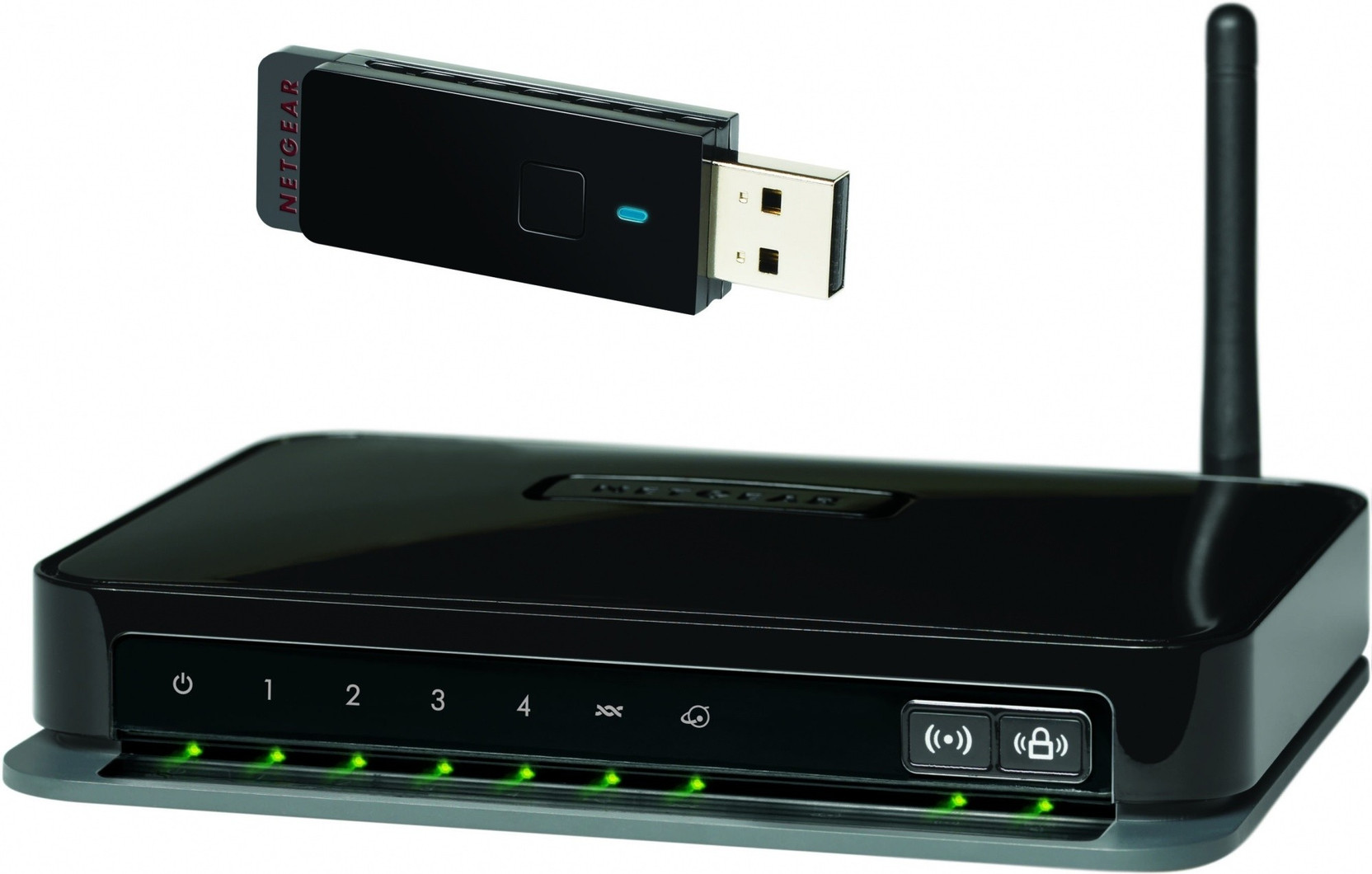Corsair TBT100 Thunderbolt 3 Dock – 85W Charging, Dual 4k 60Hz Support, 2X HDMI, 40Gb/s,USB-C Gen 2 (15W) x2, USB-A 3.1 (7.5W) x2, Gigabit Ethernet – for Mac. Click the System Preferences icon in the Dock and choose Network. The Network dialog.
- Usb Ethernet Card For Mac Os
- Ethernet To Usb Cable
- Usb Ethernet Card For Macbook Pro
- Usb Ethernet Card For Mac Download
If you’re using a network, cable modem, or DSL connection, you need to set Ethernet preferences. Configuring Mac OS X Snow Leopard to use an Ethernet connection is easy, once you collect the necessary information from your Internet Service Provider.
Usb Ethernet Card For Mac Os


Ethernet To Usb Cable

To set up your Ethernet connection manually, follow these steps:
Usb Ethernet Card For Macbook Pro

Usb Ethernet Card For Mac Download
Click the System Preferences icon in the Dock and choose Network.
The Network dialog opens.
Snow Leopard can get down-and-dirty in the configuration trenches as well! To launch a wizard to help with the configuration process, click the Assist Me button and then click Assistant on the wizard’s welcome screen.
Select Ethernet from the list on the left of the pane.
The Network settings for an Ethernet Internet connection.Enter the settings for the type of connection that your ISP provides:
If your ISP tells you to use Dynamic Host Configuration Protocol (DHCP):Choose Using DHCP from the Configure IPv4 pop-up menu, and your ISP can automatically set up virtually all the TCP/IP settings for you! (No wonder DHCP is so popular these days.)
If you won’t be using DHCP:Choose Manually from the Configure IPv4 pop-up menu. Then enter the settings provided by your ISP in the IP Address, Subnet Mask, Router, and DNS Servers fields.
If your ISP uses PPPoE (Point-to-Point Protocol over Ethernet), click the Configure IPv4 pop-up menu and choose Create PPPoE Service.
This information will be provided by your ISP.
Type an identifying name for the PPPoE service.
You can choose any name at all. This is just to identify this specific account.
Click Done.
Enter the password for your PPPoE connection.
The best passwords use letters and numbers and mix upper- and lowercase.
Press Command+Q.
You exit System Preferences and your changes are saved.
